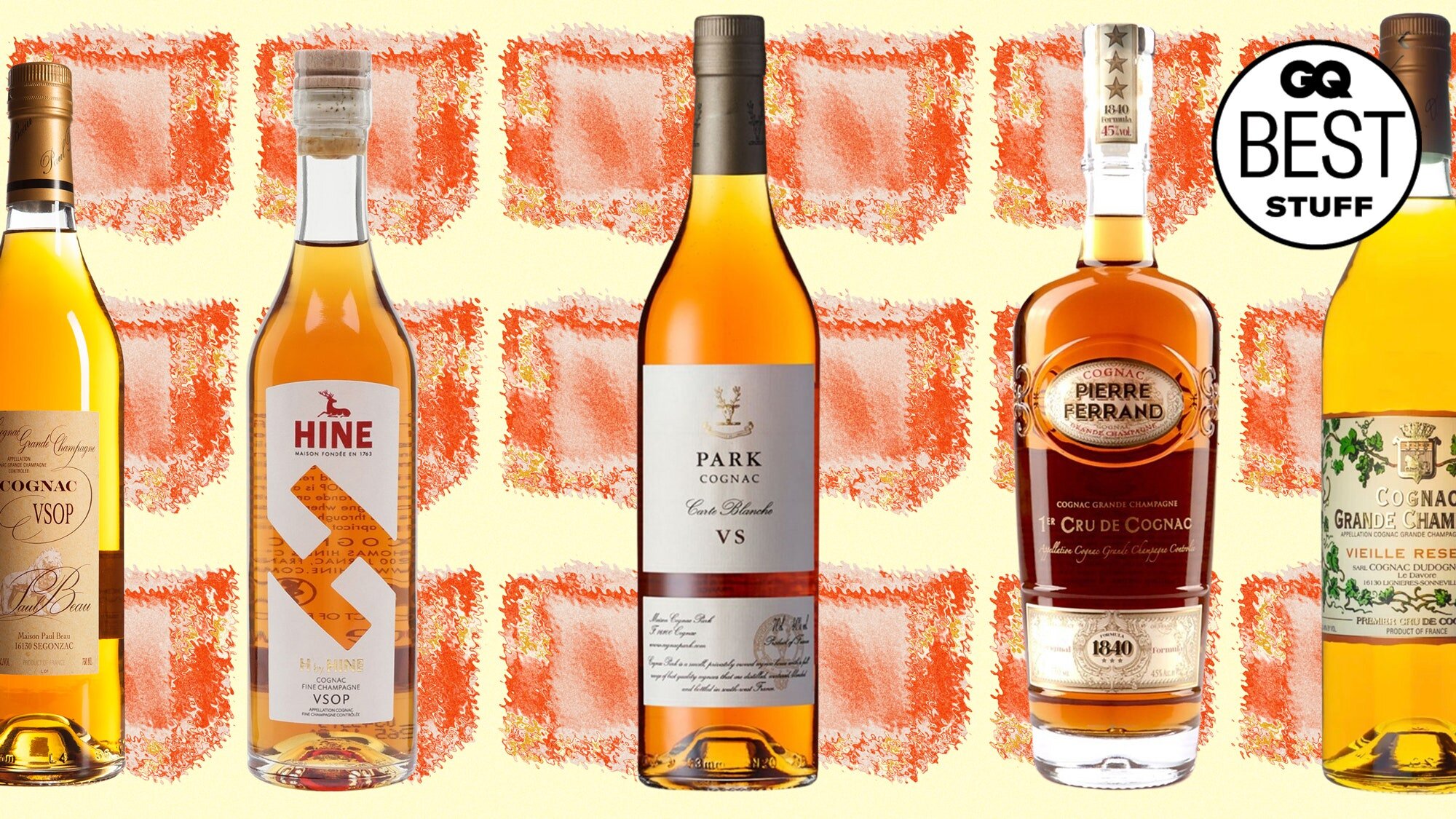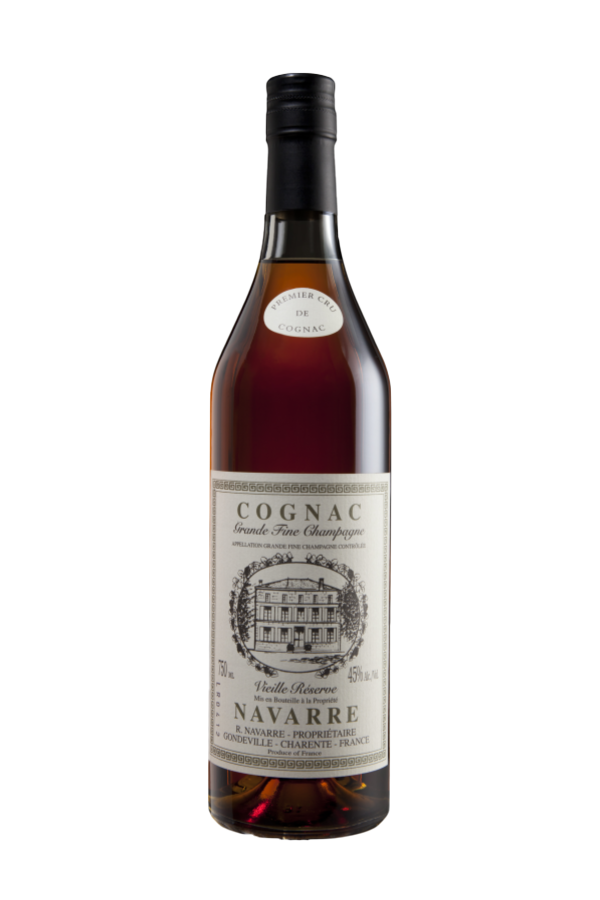Beverage directors and bartenders pick their favorite whiskey from lesser-known whiskey-producing countries, from a Taiwanese gold standard to a hard-to-find, small batch Spanish single malt
The map of world whiskey has been steadily expanding. In the 2024 World Whisky Awards, over 40 countries competed—twice as many as a decade ago—with entries from Sweden to South Africa.
Investment has followed. The Diageo-backed drinks business accelerator Distill Ventures took on Australia’s Starward in 2015 and invested $10 million in Denmark’s Stauning Whisky, which launched stateside last year and is fast gaining cult recognition.
The number of world whiskey cases sold is a fraction of what the big whiskey players produce. In the U.S. alone, 31 million nine-liter cases of American whiskey were sold in 2023; comparably, Taiwan, which produces Kavalan, arguably the leading world whiskey on the market, is home to just two distilleries. But for a contingent of whiskey aficionados, a dram from one of these lesser-known whiskey-producing regions offers an unparalleled sense of discovery—and they could be catalysts for change.
“As more world whiskeys enter the U.S. market, they will challenge the dominance of traditional categories like bourbon and Scotch by offering distinct alternatives,” says Scott Milne, the director of marketing for Stauning. “The influx of brands signals a coming consumer shift.”
Producers utilize the unique conditions of their home country to innovate, whether that’s in the use of local grains or native wood, or working around weather conditions that are often radically different than in Scotland or Kentucky. And this in turn inspires traditional producers, says whiskey educator and consultant Tracie Franklin. “Not only do we have these unusual countries producing whiskeys that are very much attuned to their climate, agriculture, and their particular flavors, we also have these amazing whiskies that now have the freedom to be more experimental with their production process because the world whiskeys are coming out and blowing flavors through the roof.”
SevenFifty Daily reached out to bartenders, beverage directors, and whiskey specialists to ask which bottles from lesser-known whiskey-producing countries are worth stocking up on right now. (All whiskeys are listed with suggested retail price per bottle).
Navazos-Palazzi Malt Whisky ‘Bota Punta,’ Spain; $125
Selected by Neal Bodenheimer, owner and partner, Cure, New Orleans
“I absolutely love the texture of this Spanish malt whisky,” says Neal Bodenheimer, the owner and partner of New Orleans cocktail bar Cure. “When you combine the texture of a delicate malt whisky with a quality oloroso sherry cask finishing from the sherry whisperers at Equipo Navazos, well, it’s absolutely peerless.”
Navazos-Palazzi is a partnership between Jesús Barquín and Eduardo Ojeda of Spain’s Equipo Navazos—passionate bottlers of sherry wines—and Nicolas Palazzi’s PM Spirits in Brooklyn. The most recent release is the Bota Punta, a 15-year-old bottling, using casks that were bota punta—at the end of the bottom row of barrels in a solera—and therefore subjected to more air, light, and aeration. With just 900 bottles, it’s highly sought after. “Everyone on the team is super passionate about it,” says Bodenheimer. “It can be hard to get a traditional malt drinker to take a chance on a relatively pricey dram of Spanish malt. But for an exceedingly hard bottle to find it’s a really great deal.”
https://daily.sevenfifty.com/the-9-best-world-whiskeys-according-to-beverage-pros/









